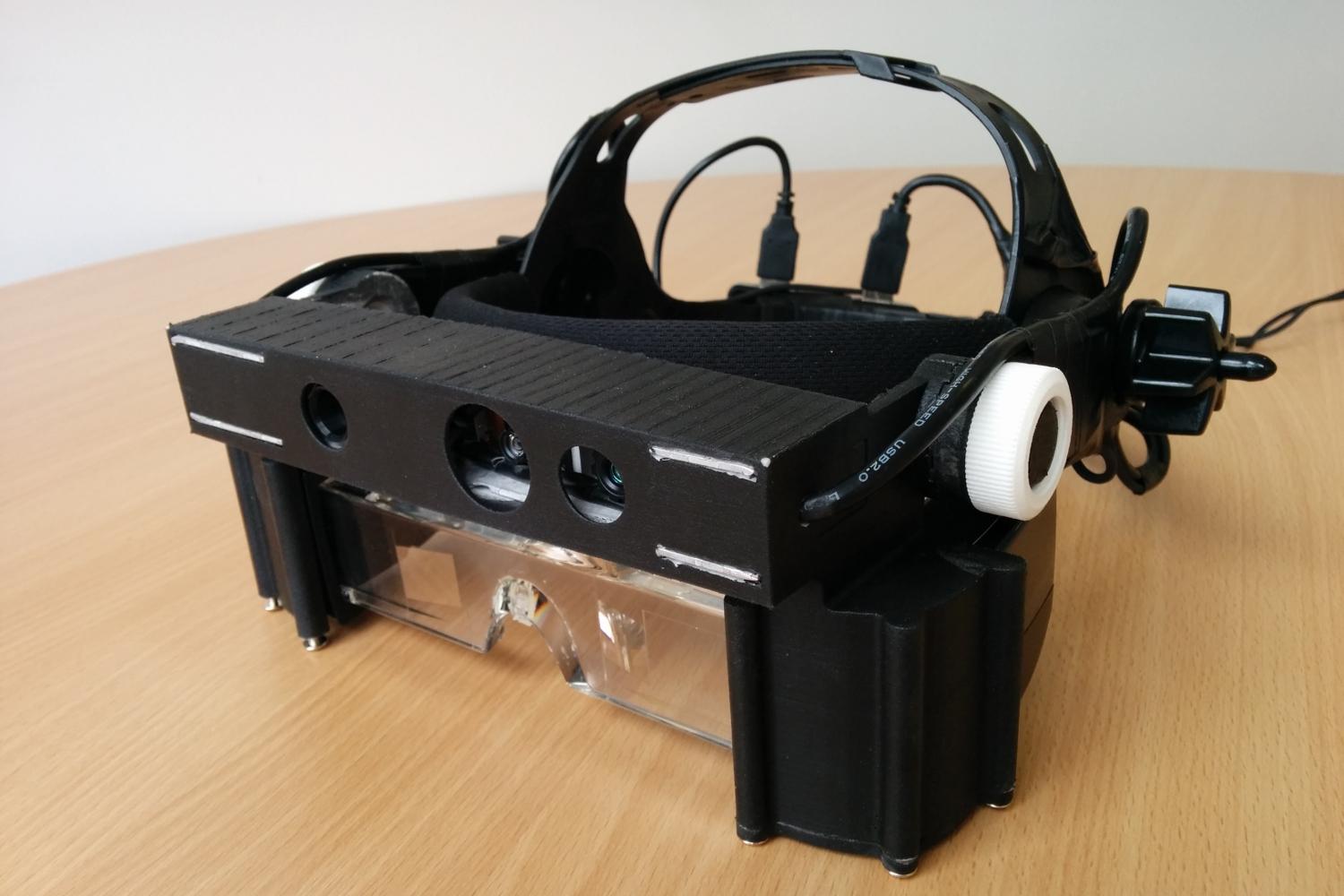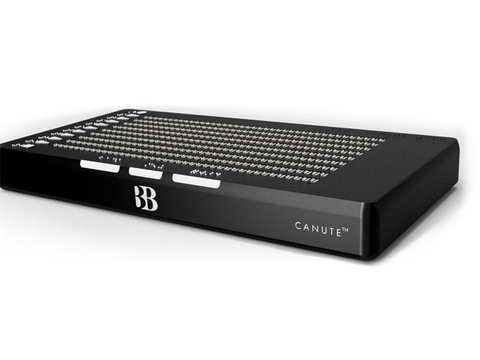Speech-to-Text Devices for Low Vision: Enhancing Convenience
Speech-to-Text Devices for Low Vision: Enhancing Convenience
Blog Article
Discover Cutting-edge Devices Made for the Aesthetically Damaged
The development of ingenious devices for the aesthetically impaired stands for a substantial innovation in accessibility and independence. Technologies such as wise glasses with AI capabilities and mobile applications designed to supply auditory summaries are reshaping everyday experiences for customers.
Smart Glasses for Navigation

Smart glasses created for navigation are revolutionizing the method visually damaged people connect with their atmosphere. These advanced devices use a mix of cam modern technology, expert system, and auditory responses to offer real-time details concerning surroundings. By employing challenge discovery systems, wise glasses can alert users to prospective hazards, enabling safer movement in both acquainted and unknown settings.
The combination of GPS technology further improves navigating abilities, allowing individuals to obtain acoustic instructions as they relocate. This hands-free technique not only promotes self-reliance however additionally equips visually impaired individuals to browse urban landscapes with boosted confidence. Furthermore, many smart glasses are equipped with features that identify sites and street signs, offering contextual info that boosts the individual experience.
In addition, the growth of these devices is continuously advancing, with companies working to improve the precision of item recognition and expand the variety of navigational functions. As smart glasses end up being much more available and economical, they hold the possible to significantly transform life for visually impaired users. Inevitably, these ingenious devices stand for an important step toward inclusivity, offering improved flexibility and a greater feeling of autonomy for individuals navigating the world around them.

Mobile Apps for Daily Living
Just how can mobile applications enhance the lives of aesthetically impaired people? Mobile applications are transforming the way visually damaged customers browse their environments, manage day-to-day tasks, and gain access to information. These applications provide necessary assistance via various capabilities, cultivating independence and boosting lifestyle.
Several innovative mobile applications are made especially for everyday living. As an example, applications like Be My Eyes link visually damaged customers with sighted volunteers via video telephone calls, permitting them to obtain real-time aid with jobs such as reading tags or browsing strange areas. Seeing AI, developed by Microsoft, uses fabricated intelligence to define environments, reviewed text, and identify things, effectively changing a mobile phone right into a powerful device for everyday help.
In addition, navigation apps customized for the visually damaged, such as Aira and BlindSquare, provide audio-based directions and ecological info, allowing individuals to traverse their surroundings securely and confidently. Past navigation and immediate aid, mobile applications likewise sustain company and task monitoring, with functions that aid users establish suggestions, develop to-do checklists, and track consultations. In summary, mobile applications serve as crucial resources, empowering visually impaired people to lead even more independent and satisfying lives.
Wearable Technologies for Support
Empowerment with technology is significantly obvious in the realm of wearable gadgets made to aid aesthetically impaired individuals. These cutting-edge tools incorporate flawlessly right into life, enhancing navigation and offering essential comments to customers. For instance, smart glasses furnished with cams can identify faces and check out message aloud, enabling individuals to connect more confidently in social and expert setups.
One more remarkable development is the usage of haptic feedback systems in wearable tools. These systems make use of vibrations or various other responsive signals to share details about the user's environment, such as obstacles or adjustments in surface, improving wheelchair and security. Wearable modern technologies also consist of wristbands that link to smartphones, informing individuals to notices with refined resonances, therefore boosting connection without dependence on visual hints.
As these innovations remain to evolve, they are not only boosting independence for visually impaired people however likewise promoting a better feeling of incorporation in society. By linking the gap in between difficulties faced in everyday living and the potential for freedom, wearable technologies act as essential tools in the mission for equality and empowerment for those with visual disabilities.
Audio Summary Devices
Audio summary devices play an important duty in improving access for visually damaged individuals, giving them with the capability to involve with aesthetic media. Braille displays and notetakers. These devices use narrated descriptions of vital visual aspects in films, television programs, and live efficiencies, guaranteeing that users can completely understand the context and emotions shared via visuals
Audio summary can be incorporated right into different systems, consisting of streaming solutions, movie theater screenings, and live cinema. Several popular streaming solutions currently consist of audio description as an access function, permitting audiences to select it easily. Along with traditional media, specialized buy direct glasses apps also exist, offering audio descriptions for art exhibitions, museums, and other cultural events.
The efficiency More about the author of audio description depends upon the skill of the storytellers, who should communicate visual information succinctly without taking away from the initial sound. Advancements in this field are additionally leading the way for more individualized experiences, where individuals can change the level of detail and pacing according to their choices.
Braille Innovations and Devices
Braille innovations and devices have substantially changed the way visually damaged people connect with text and details. Modern advancements have led to the growth of flexible tools that improve proficiency and freedom among users.
Moreover, portable Braille notetakers combine typical Braille input with modern-day capabilities, facilitating note-taking, organizing, and file editing on the go. AI-powered visual aids. These compact gadgets often include text-to-speech abilities, connecting the space between Braille and acoustic info
On top of that, ingenious Braille printers have arised, permitting customers to create Braille tags, papers, and academic materials efficiently. This availability cultivates better engagement in specialist and instructional settings, eventually promoting inclusivity.
In addition, study into smart Braille technologies continues to broaden. Devices that incorporate synthetic knowledge are being explored to provide real-time navigating support and contextual information, improving the customer experience in diverse settings. On the whole, these innovations show a dedication to encouraging visually damaged people via technology, guaranteeing they can easily access and involve with the globe around them.

Verdict
The innovation of ingenious devices for the visually damaged dramatically improves freedom and lifestyle. Smart glasses, mobile applications, wearable innovations, audio description tools, and Braille technologies jointly empower individuals by offering important navigating help, environmental recognition, and boosted reading experiences. These modern technologies not only foster greater incorporation but likewise promote autonomy in day-to-day activities, inevitably adding to an extra accessible and equitable society for visually damaged individuals. Continued these details advancement in this area holds pledge for further enhancements.
As clever glasses become extra inexpensive and easily accessible, they hold the prospective to considerably change day-to-day life for aesthetically impaired individuals. Mobile applications are revolutionizing the way aesthetically impaired users navigate their environments, manage everyday tasks, and access information. Applications like Be My Eyes link aesthetically damaged customers with sighted volunteers using video clip calls, permitting them to obtain real-time aid with jobs such as checking out tags or browsing unknown rooms.Additionally, navigation apps tailored for the visually damaged, such as Aira and BlindSquare, use audio-based instructions and ecological details, allowing customers to traverse their surroundings securely and confidently.The development of innovative tools for the aesthetically damaged considerably improves freedom and quality of life.
Report this page